Analysis
Early Lucian Freud Painting Leads Sotheby’s $100 Million Contemporary Art Evening Sale
It is the best of several paintings by Freud to be offered this week.
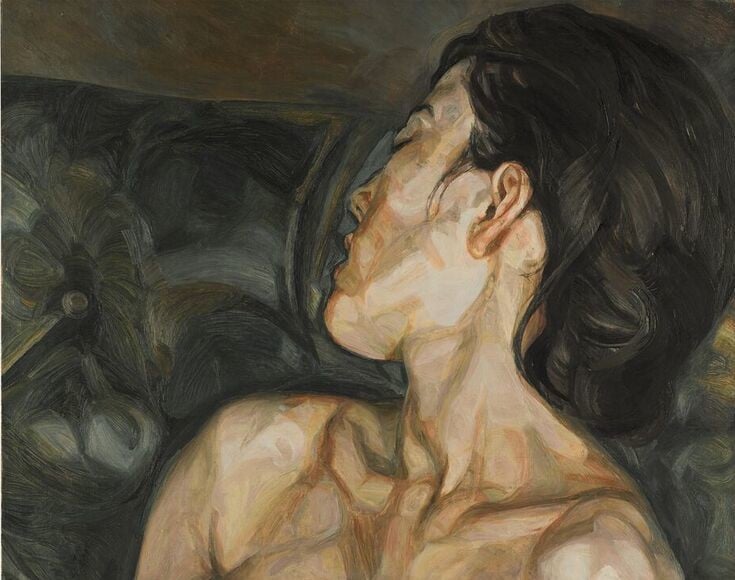
Image: Courtesy Sotheby's London.
It is the best of several paintings by Freud to be offered this week.

Colin Gleadell

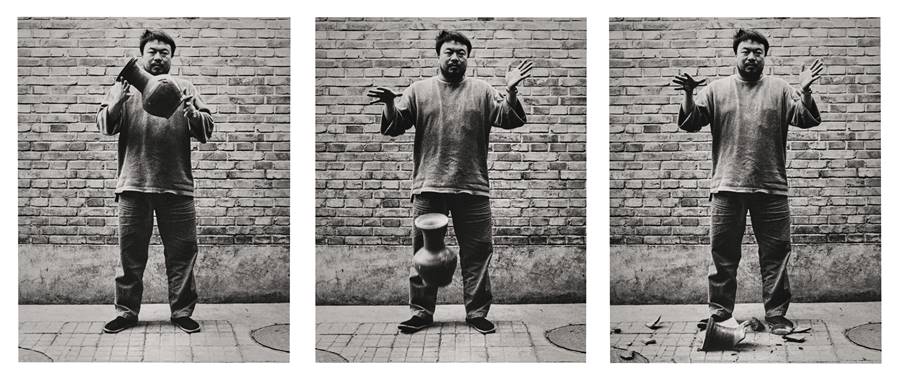
Ai Weiwei, Dropping a Han Dynasty Urn (executed 1995-2004).
Image: Courtesy Sotheby’s London.
Against a mood of anxiousness framed by last week’s Impressionist and modern art sales, and last night’s sale at Phillips, which all struggled to meet their lower estimates, Sotheby’s entered the fray with a 55 lot sale this evening with an estimate of £60.2-86.1 million ($87 to $100.5 million) after four major lots had been withdrawn.
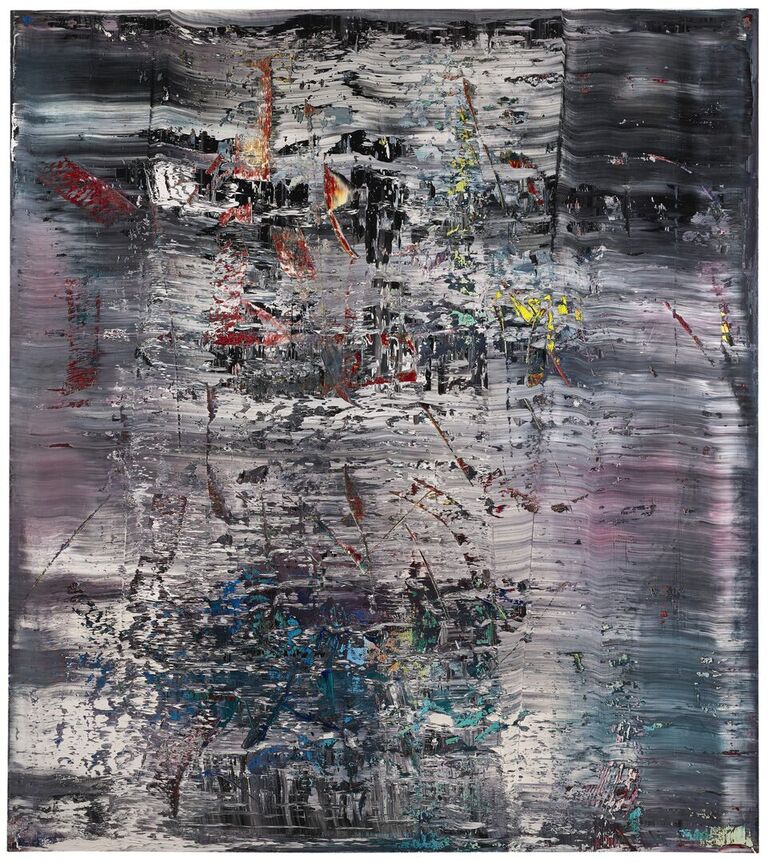
Gerhard Richter, Abstraktes Bild (725-4), (1990)
Image: Courtesy Sotheby’s London.
The top lot, a luxurious abstract by Gerhard Richter owned by London collectors Eskandar and Fatima Maleki, carried a £14-20 million estimate, but was withdrawn at the owners’ request, said Sotheby’s—stressing that it was not due to lack of interest.
One of the theories being bandied around was that Richter’s dealer, Marian Goodman, from whom (together with Anthony d’Offay) the painting had been acquired in the 1990s, objected to the sale, but that could not be established. Other lots to be withdrawn included two Jean-Michel Basquiat works estimated at £6-8 million and £1-1.5 million, respectively.
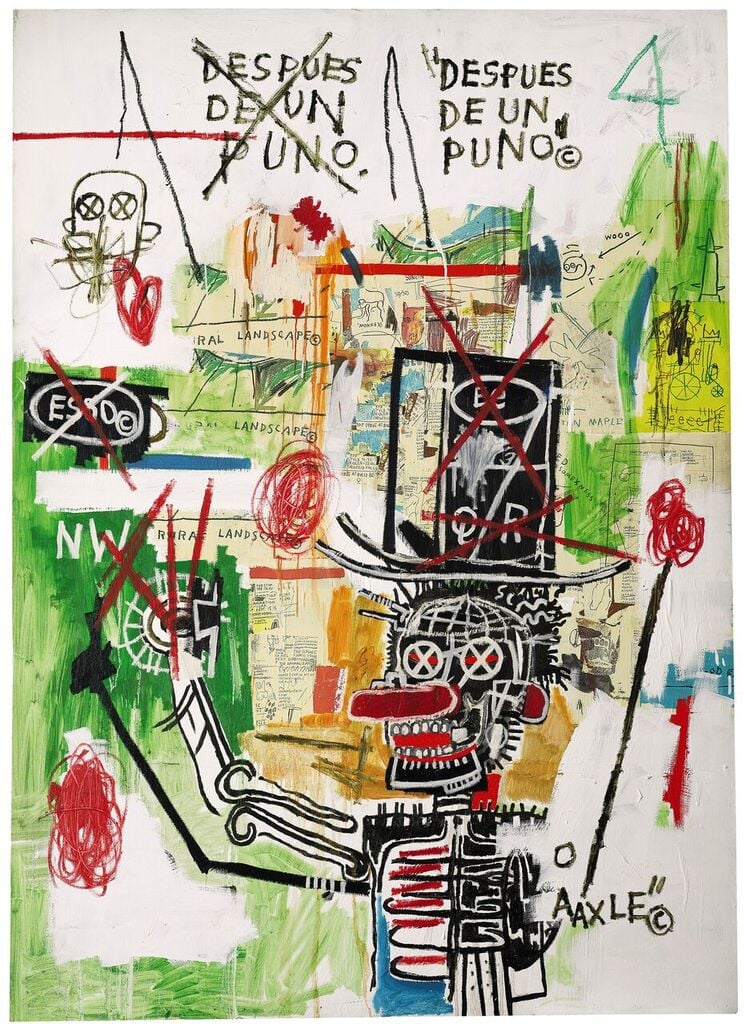
Jean-Michel Basquiat, Despues De Un Puno (1987).
Image: Courtesy Sotheby’s London.
The new starting estimate was therefore considerably down on last February, which had 75 lots and set a record £123.5 million for a contemporary art sale at Sotheby’s—a record that was to be surpassed last June when Sotheby’s tallied £130.4 million for a contemporary sale in London. Tonight’s sale will not look impressive on the graph, therefore, as it reaped £69 million ($100.5 million) including buyer’s premiums, with a hammer price total on the low estimate, the upward spiral having been reversed somewhat dramatically.
Closer scrutiny of the stats also reveals that while a relatively healthy 78.2% of lots sold, half of them did so on or below their low estimates, so without much competition. However, while the stats may suggest some sluggishness, the atmosphere in the room, enlivened by some royal bidding battles and a handful of record prices, told another story. One observer, art advisor Rory Howard, who was watching over a client’s interests, said comparing tonight with Phillips yesterday was “like chalk and cheese.” The bidding at the Sotheby’s sale was “deep, consistent, confident and calculated,” he said, “and was achieved without any smoke or mirrors (i.e., guarantees) to speak of. It showed the contemporary market is in rude health in spite of the economy.”
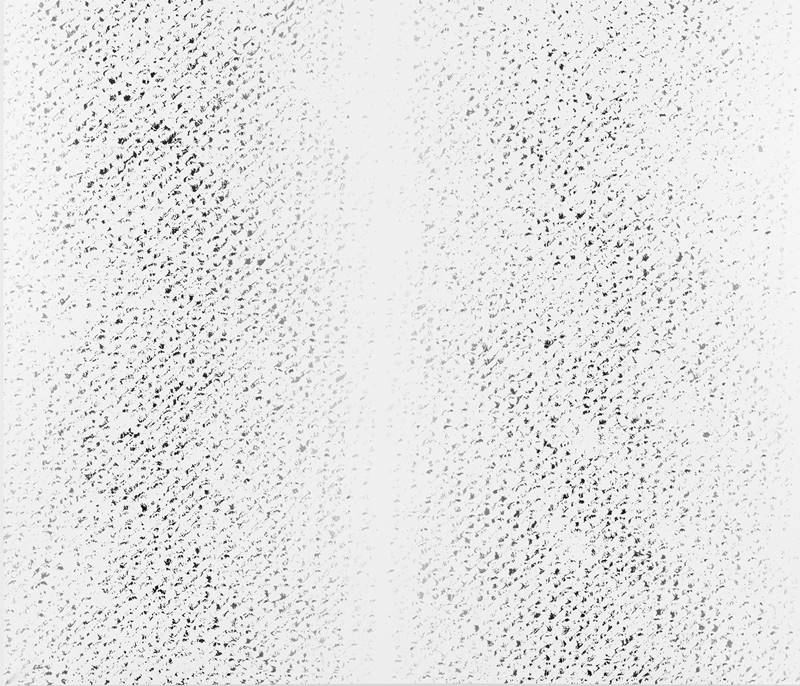
Cheyney Thompson, CHRONOCHROME XIII (2009).
Image: Courtesy Sotheby’s London.
The sale was light on young artists, unless you consider forty-something young. It kicked off with an example from Cheyney Thompson’s 2009 Chronochrome series, exploring technology and abstraction. Thompson’s work took off at auction only last year, when another work from this series sold for a six times estimate $317,000 in New York. This evening, number 13 from the series carried the highest estimate yet for Thompson at £70/90,000, but that was completely disregarded as it raced to a new record £197,000 ($285,000).
Wade Guyton now seems fairly market worn, with his Flaming U series of inkjet paintings made on a giant Epson printer having sold for up to $6 million. Sotheby’s example was much smaller than that one, but, estimated at £1.3-1.8 million—in line with similar size works that have sold recently—it reached only £1.32 million (including the buyer’s premium) on a single bid.
The youngest artist in the sale was Tauba Auerbach, whose folded paper paintings have sold for as much as $2.3 million (£1.45 million) in the last two years. This evening’s example, bigger than the others, carried a similar estimate of £1-1.5 million, and should have sold because it was guaranteed by Sotheby’s; but there were no bids, so the auction house now owns it.
“There has been a correction for other process artists, and it affected Tauba tonight,” said Sotheby’s deputy chairman Europe, Oliver Barker.
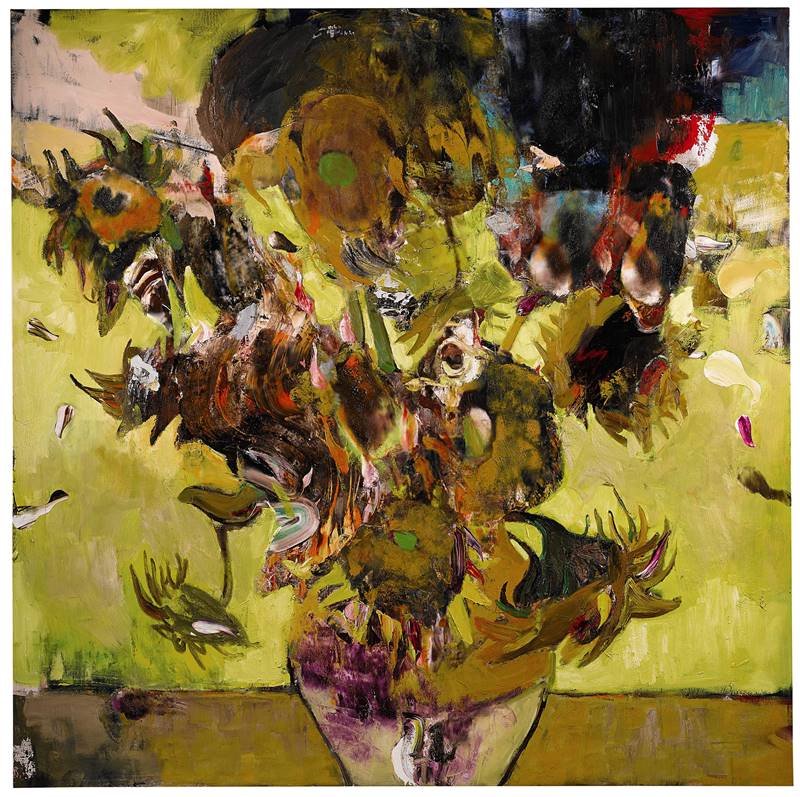
Adrian Ghenie, The Sunflowers in 1937 (2014).
Image: Courtesy Sotheby’s London.
The star among the younger artists was Adrian Ghenie, whose auction price record continues to rise. Now represented by Pace Gallery and with an exhibition scheduled in Beijing, bidding for his massive van Gogh-inspired Sunflowers 1937, starting close to a £400,000 estimate, came from a variety of dealers—Hugh Gibson, Thaddaeus Ropac, and Michaela de Pury—before selling for £3.1 million to an anonymous Asian phone bidder.
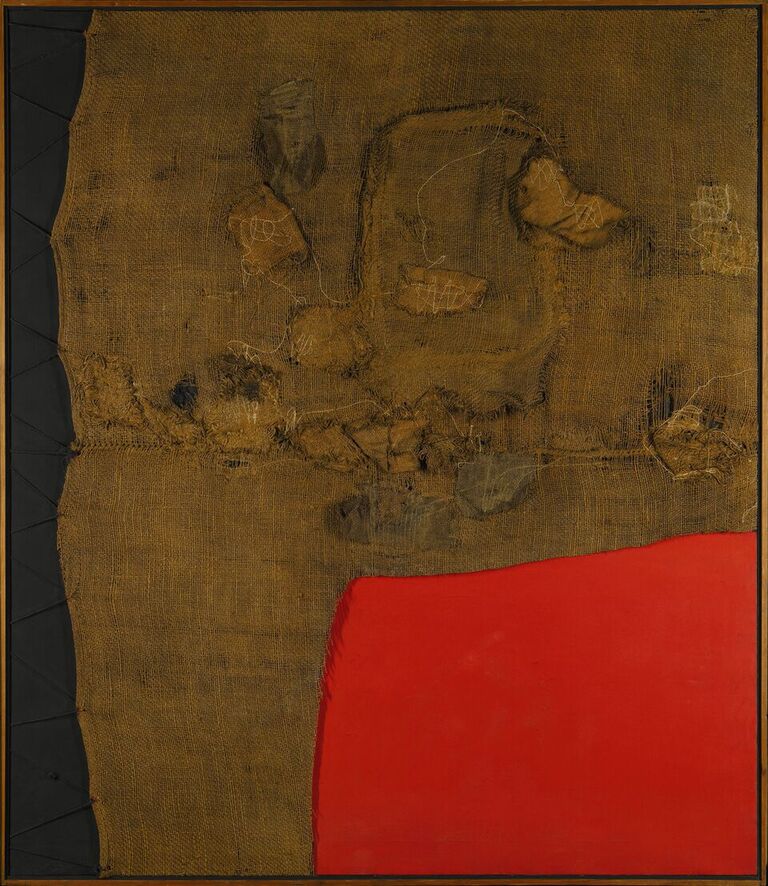
Alberto Burri, Sacco E Rosso (1959). Estimate £9-12 million.
Image: Courtesy Sotheby’s London.
In terms of content, the sale was much more focused on tried-and-tested, blue-chip contemporary art. The post-war European group was led by a rare sacking picture by Alberto Burri (c.1959), with a block of red acrylic paint—a highly desirable feature for collectors—which last sold in 2007 for £1.9 million, and was returning, neatly timed to follow the major retrospective at the Guggenheim, with a record-breaking £9-12 million estimate. At this level there was, unsurprisingly, only one bidder, an agent in the room for a private collector, who paid a record £9.1 million ($13.2 million) for it. The painting was acquired by the seller nine years ago for £1.9 million pounds, so has seen an accumulation in value by an impressive annual average of 19 percent.
Post-war Italian art was not its usual rampant self this evening. A pleated Manzoni “Achrome,” smaller than the one at Phillips, sold to an American collector below estimate for £2.6 million, and a pale yellow slashed canvas by Lucio Fontana, bought in 1997 for £102,700, sold to Ezra Nahmad below estimate for £1.3 million.
“Both might have made more,” said dealer Ben Brown, who specializes in Italian art, but for the Fontana seller, the price still represented an increase of about 14.6 percent a year.

Lucian Freud, crop of Pregnant Girl (1960-1).
Image: Courtesy Sotheby’s London.
A slightly better return, at an average 19.6 percent a year over 33 years, was achieved by the evening’s top lot, a tender portrait by Lucian Freud of his lover, Bernadine Coverley, when she was pregnant in the early 1960s. This was the time when Freud found his mature style of painting. Back in 1983, when figurative painting was deeply out of fashion, it was sold to London dealer Anthony d’Offay for £44,000. Within a few months he had sold it on to the present owner, who has generously lent it to numerous museum exhibitions since. The best of several paintings by Freud to be offered this week, Pregnant Girl was estimated at £7-10 million and attracted bidding from various quarters before boiling down to a competition between Russian and Asian phone bidders and selling for £16 million ($23 million). It may be just coincidence, but Alex Branczik, who fielded the winning phone bid, also plays a leading role in Sotheby’s Asian art sales in Hong Kong.
Staying with the School of London, a large scale landscape by Frank Auerbach of one of the artist’s favorite subjects, Primrose Hill, was worthy of inclusion in the Tate’s current retrospective for the artist (though there was a very similar work included). Estimated at £1.8-2.5 million, it was in record-breaking territory but attracted only one bid, from dealer Ivor Braka on behalf of Monsoon owner Peter Simon, sitting by his side. Braka, meanwhile, was watching as his Freud drawing of Bacon sold for £545,000, a slender improvement on the price he paid for it in 2008.
Selling below estimates, like the Italians, were German artists Georg Baselitz and Anselm Kiefer. Buyers seizing these opportunities included Per Skarstedt’s Bona Monatgu, who bought an early 1966 Baselitz drawing for £173,000; Ivor Braka, who bought Baselitz’s expressionistic 1967 painting Green Man with Birch for £929,000, and Thaddaeus Ropac, who bought Kiefer’s mythological sculpture Anythe for £245,000 against token opposition from White Cube.
For the French, there was very little to write home about except that Gagosian London director Stefan Ratibor bought an Yves Klein body painting for £1 million, hardly any more than it sold for four years ago.
A smattering of Chinese art was highlighted by an apparently rare trio of performance photographs by Ai Weiwei, in which he deliberately drops a valuable Han dynasty urn. Described by Alex Branczik as “iconic”—well, I suppose we have all seen it by now—it sold for £755,000. There are six in the edition, one of which sold in 2008 for £50,000—so a bit of movement there.
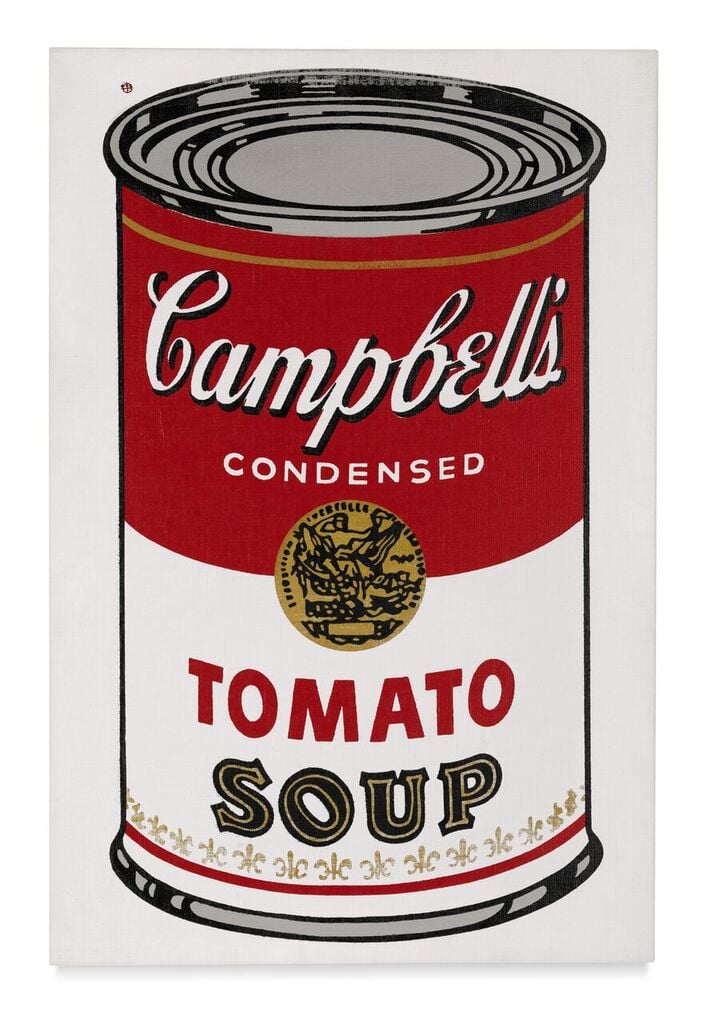
Andy Warhol, Large Campbell’s Soup Can (1964).
Image: Courtesy Sotheby’s London.
After the withdrawal of the two Basquiats, American art seemed a little thinly represented. An Untitled (Head of a Madman) oilstick on paper by Basquiat that had been bought two years ago in New York for $12 million dollars, sold within estimate to Nahmad for £6.2 million ($9 million). The previous underbidders on this lot were nowhere to be seen. Of four Warhols on the block, two were unsold and two sold below estimates. Condition or overexposure seemed to be the culprits. A 1964 Large Campbell’s Soup Can had been seen too often to generate much interest: at auction in 2007 ($5.5 million), and 2008 (£3.5 million or $7 million), and it sold to a South American collector below estimate for £5.1 million ($7.4 million).
Richard Prince’s Nurse paintings are also struggling to return to their former status amongst buyers. Heartbreak Nurse (2002), sold below estimate to an American collector for £2 million, including premium.
However, at the press conference Sotheby’s was upbeat. “In spite of everything that is going on in the world, we saw a confident market,” said Barker. “There was bidding from 38 countries, deep bidding, efficient, healthy, global.” This had a familiar ring, and yes, at times the sale seemed like the good old days were still here. Just the sort of tonic the market needs.